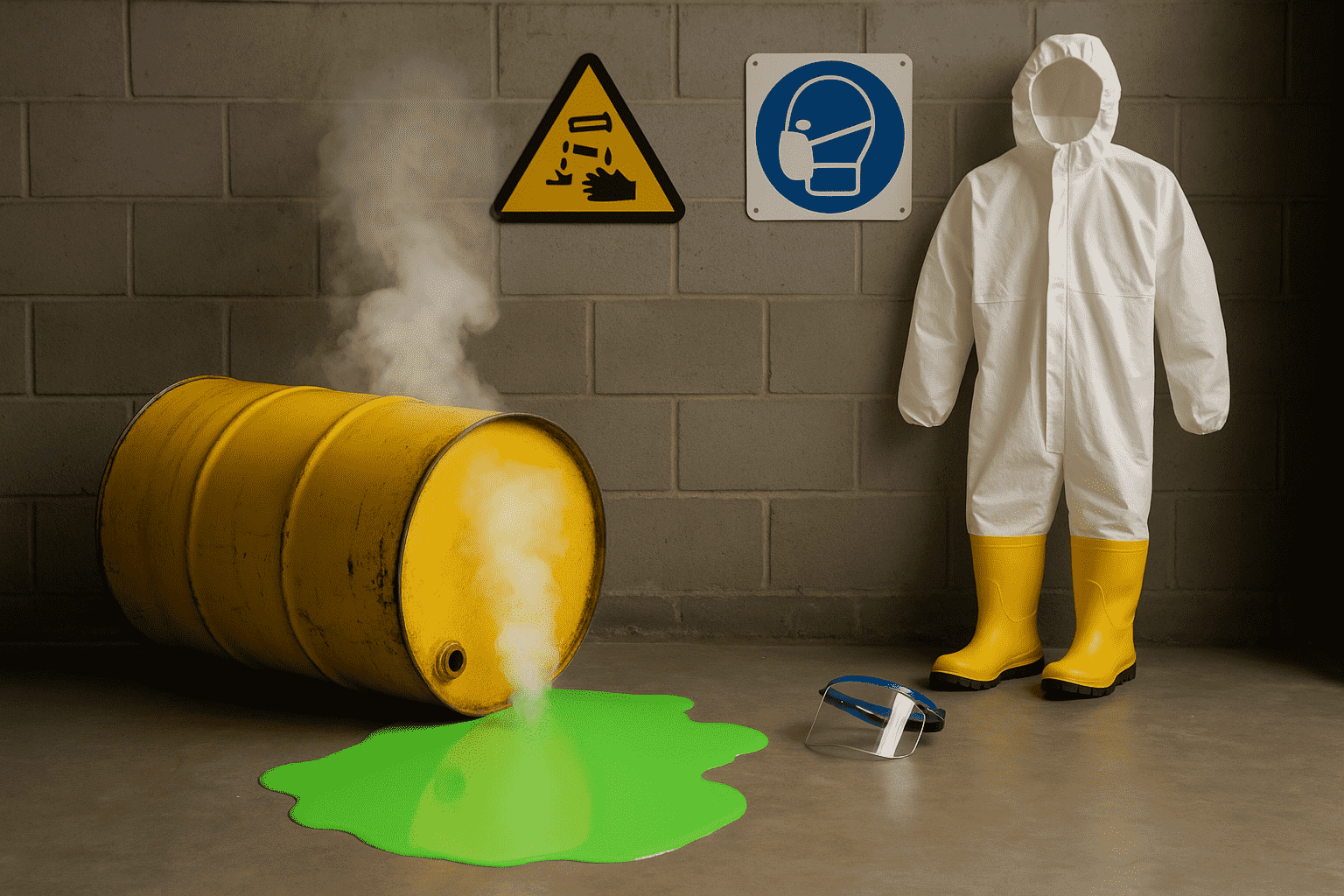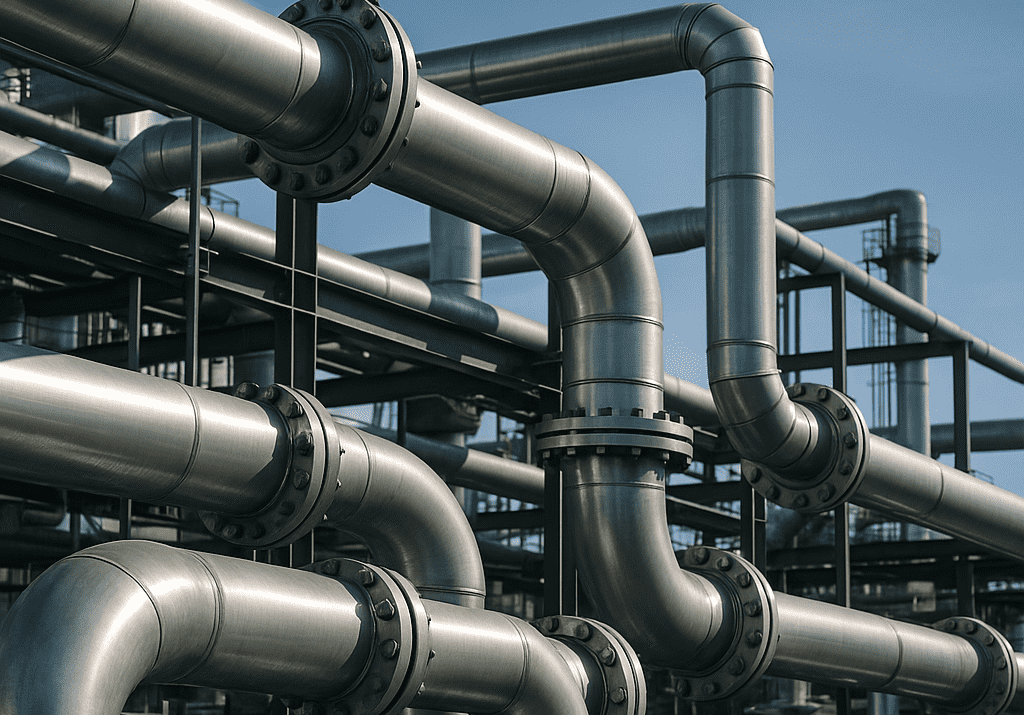Mobile Sewage Treatment on Rent and Its Advantages

Multiple opportunities and the economy have emerged as a result of rapid urbanization. At the same time, it has presented several difficulties in constructing infrastructure, one of which is sewage treatment facilities.
There is frequently a gap between the capacity for sewage generation and treatment, which leads to the release of partially or improperly treated sewage into the environment and a direct danger to the habitats of the receiving channels. Government authorities have set stringent laws to mitigate the adverse effects of the discharge of sewage into the environment.
Advantages of Mobile Sewage Treatment(FAQs)
The hurdles in setting up a sewage treatment plant are – the requirement of expertise, a large parcel of land, investment in CAPEX, and time to construct and operate. At the same time, operating the plant involves OPEX and a trained workforce to keep it running. All these factors make it challenging to rapidly increase the number of sewage treatment plants.
An alternate available to set up a sewage treatment plant is a compact and effective system, the Mobile STP., i.e., a mobile sewage treatment plant. Mobile/containerized sewage treatment plants have effectively bridged the gap between sewage generation and treatment.
The mobile STP, known as containerized STP, holds all treatment modules inside a single container. The treatment process includes primary settlement, secondary treatment, and clarification. The treatment modules can be customized based on the influent characteristics and discharge parameters. They have numerous benefits and are efficient in treating sewage.
These mobile sewage treatment plants are offered for outright purchase or on a lease/rent – ‘pay-per-use’ basis. They are commonly used for decentralized treatment, an emergency where the existing plant requires a substitute in case of overload during seasonal peak periods, plant maintenance, and capacity expansion. They are also used as pilot plants.
A rental sewage treatment plant is the ideal solution for temporary sewage treatment requirements. The business entity or organization renting the plant is free from planning, construction, and operations hassles.

The Mobile Sewage Treatment Plants Importance
The mobile sewage treatment plants have gained importance due to various advantages they offer, which are:
– Treats sewage efficiently
– Compact, modular design
– Pre-installed treatment modules make it easy to install
– Robust and automatic operation
– Modular design facilitates rapid expansion and modification
– Modular design enables quick shut down and decommission, can easily be moved from one location to another
– No requirement of setting up of any infrastructure
– Low energy consumption
– Time-saving
– Small footprint
The modular design and unique features like rapid expansion and ease of movement have made mobile sewage treatment or containerized sewage treatment plants ideal for use in some instances like:
1. Mobile worker camps viz, oil & gas, construction sites
2. Site constraints
3. Time constraint
3. Temporary solution provider when municipal plants are not operational
4. Offshore facilities
5. Individual Homes
6. Decentralized treatment facility – refugee/military camps, etc.
7. Emergency treatment
Mobile Sewage Treatment Plants may incorporate technologies like MBR, MBBR, or FMR. They are offered in a range of capacities. The popularity of renting a mobile sewage treatment plant is increasing because you spend a small part of the amount to gain all the benefits. The modules allow you to pay-per-use. You do not own it and have the flexibility to return it; hence it doesn’t turn into liability after use. Scaling your operation becomes easy with renting the facility. The modules can be stacked, making capacity expansion easy while maintaining a small footprint. Renting a Mobile STP is a choice you make for your business and the environment.
Frequently Asked Questions(FAQs)
Q.1 What are the main benefits of using an oil skimmer?
A. Using an oil skimmer provides the main benefits of efficiently removing oil, grease, and floating contaminants, ensuring environmental compliance, and resulting in cost savings through reduced disposal expenses and extended coolant life.
Q.2 What are the benefits of using a mechanical bar screen in wastewater treatment plants?
A. Using a mechanical bar screen in wastewater treatment plants helps prevent large debris and solids from entering the treatment process, thus reducing equipment wear, clogs, and operational disruptions while improving overall treatment efficiency and protecting downstream equipment.
Q.3 What is an oil water separator and how does it work?
A. An oil-water separator is a device used to separate oil, grease, and other hydrocarbons from water by utilizing the differences in density and buoyancy, allowing the oil to rise to the surface for removal while clean water is discharged or further treated.





